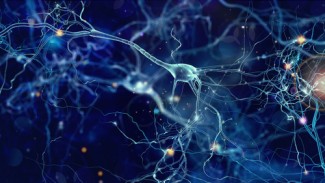Psychostimulant Use and the Brain

Over the past decade there has been an increase in the manufacture and use of psychostimulants in countries around the world. Around two-thirds of illicit psychostimulant users are male with average age of use for methamphetamine and cocaine being in the mid-30s, and for MDMA in the mid-20s.
Stimulants are a class of substances acting on the central nervous system to increase alertness, attention and energy with both positive mood properties and arousal attitude. Psychostimulants influence the chemicals within our brain, most notably dopamine and, over time, can cause changes to neurological pathways.
People respond to psychostimulants in different ways and factors, such as age, gender, personal and family characteristics, can influence both the short-term and long-term impact of the drugs.
In this narrative review, researchers from the University of New South Wales and The University of Sydney discuss the consequence of psychostimulant use- with particular focus on the links with strokes, neurocognitive impairments, Parkinson’s disease, seizures and psychotic illness. The authors also describe potential assessment and treatment options.